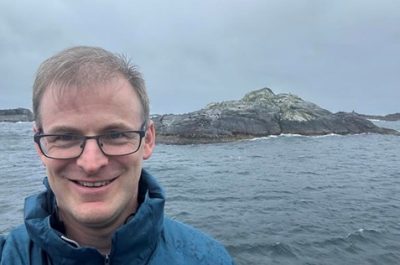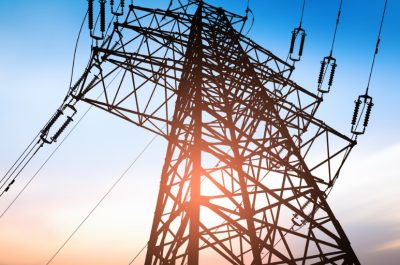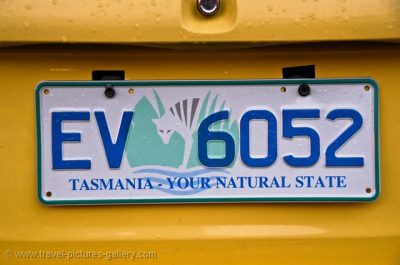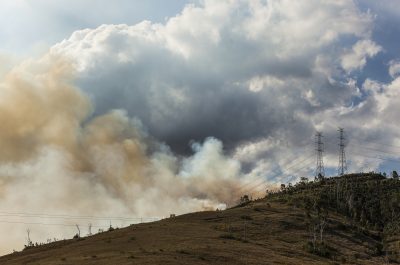The next chapter of CER
I’ve written a lot about CER in the past, but today’s article is going to be slightly different. After a lot of false starts, it’s quite likely that Australia has a small window in the next year or so to really set the right course for our energy transition and keep the lights on in the “lucky country”.
The problem
CER is a powerful force stirring right under our noses. For example, did you know that a full third of the energy the NEM used in the past year was supplied by renewable power (that’s over 912 gigawatt hours) and comes, in part, from the millions of homes and businesses with solar on their roofs?
This trend is only going to grow regardless of whether or not we pursue options such as nuclear, which realistically would take at least another decade of legislative and logistical effort before we begin to see any results.
The root of the problems plaguing today (as I see it) can be traced back to three core themes
- No one has a clear responsibility (combination of penalties and incentives) for holistically leading and managing CER; all levels of government and industry need to pull in the same direction
- People have fallen into the trap of a false dilemma. Instead of locking us into an “either/ or” mindset, perhaps a “yes, and” attitude could get things moving again.
- We are letting perfect become the enemy of the good
Combine all of the above in the midst of a world in a period of geopolitical uncertainty and a serious cost of living crisis, and the task starts to seem impossible.
How we get from here to there
Francis of Assisi once said, “start by doing what is necessary, then what is possible, and suddenly you are doing the impossible.” An energy system running on 82% renewables by 2030, while not impossible, is daunting.
Since 2020, ENA has been supportive of a body made up of those with skin in the game to lead the national development of CER, similar to the “CER Taskforce” that has been mentioned in the recent Energy and Climate Ministerial Council (ECMC) Communique. The idea of a CER group similar to the AEMC Reliability Panel was first floated in 2020, but ultimately gave way to the formation of the ESB. As some have pointed out (here and here) it’s an idea that has been attempted in the past without much success. We think it’s still a good idea, but what I think was missing has been the weight of the federal government. We hope this is the deciding factor for success.
A strong argument could also be made that without someone holding the carrot out in front to pull and the whip to push, it’s hard to see how all the disparate pieces of what we call the Australian energy system will get there. This is particularly true for the tricky topic of CER compliance, which everyone needs and is possible now, but has mostly fallen on networks to police where they are able to.
A single body that has buy-in from all jurisdictions and the parts of the industry with money on the table and not just “interested views” may be able to do what all of us individually cannot.
“Yes, and” not “either/or”
To reach 82% renewables in 2030 and net zero by 2050 sounds simple, but for those that actually have to deliver it, we know that we need to pull all the levers, not just the ones that are philosophically acceptable to us. Yes, that includes things like using existing gas peaker plants until more transmission and large-scale renewables and storage can be built to replace them or energy efficiency measures to decrease the demand to begin with. The point is that Australia isn’t in a position to be throwing away tools before we’ve built the machine.
Since the last change in government, the topic that has been front and centre of Federal Energy has been building new transmission, and don’t get me wrong this is critically important, but it comes with its challenges and it is right that we explore all paths to our destination.
We believe that networks, particularly at the low voltage, have an even greater part to play in the societal shift needed to reach our ambitious targets. A multi-faceted and holistic approach in many areas such as Dynamic Operating Envelopes, Electric Vehicle charging and batteries is needed to harness the power of the multi-headed, sleeping leviathan that is CER.



